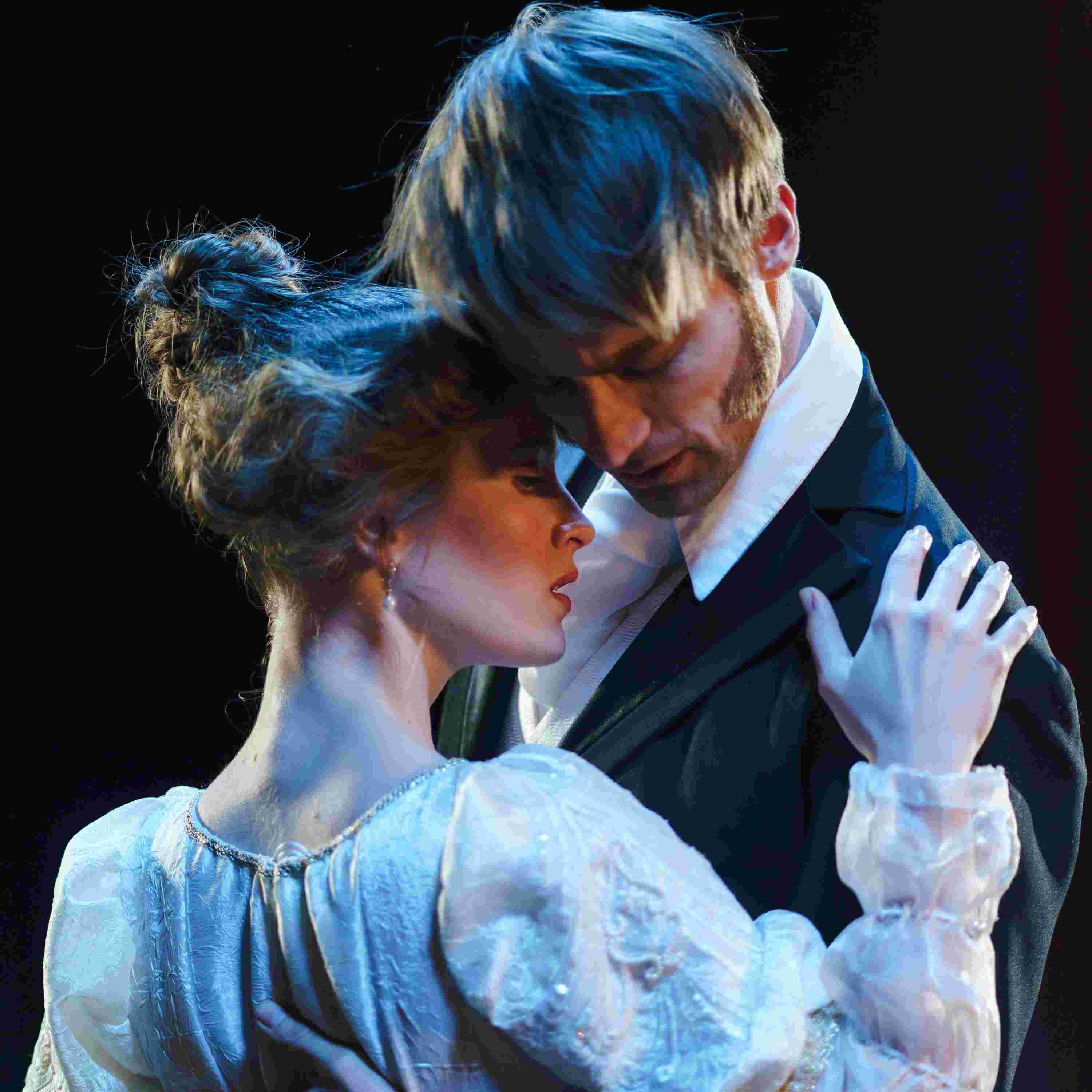

Welcome back to The Creative Present! I’m Joshua Townshend, your host, and today we’re diving into something essential for all creatives: the subordinate image. Whether you’re an actor, writer, or artist of any kind, this concept can transform your work in profound ways. Let’s explore how!
What Is a Subordinate Image?
A subordinate image is the image behind the image—it's the underlying emotion, experience, or thought that breathes life into your art. Think of it as the unseen force that gives depth to the words you speak or write.
Words alone are neutral. They only take on meaning when charged with emotion and experience. For instance:
The subordinate image makes the difference between words that are flat and words that resonate.
Why Subordinate Images Matter
Subordinate images allow you to:
Real-World Example: A Voice Actor’s Journey
Recently, I worked with a talented voice actor who’s been in the game for years. He’s a true pro—impeccable delivery, great voice, and highly sought after. In one of our sessions, I introduced him to the concept of the subordinate image.
Here’s what happened:
A Quick Breakdown: How to Use Subordinate Images
Here’s how you can start applying subordinate images to your creative process, whether you're acting, writing, or anything in between:
Why This Matters for Every Creative
This technique isn’t just for voice actors. Writers, filmmakers, and stage actors can all benefit from connecting with subordinate images. The more you can tap into these deeper emotional layers, the more authentic and compelling your work will be.
By using subordinate images, you’re not just telling a story—you’re living it, and you’re inviting your audience to live it with you.
Takeaways:
Let’s keep exploring these ideas, and remember: It’s not just about what’s on the surface—it’s about the layers of emotion and experience beneath.
Thanks for joining me on this journey into the creative process! Stay present, stay creative, and I’ll see you next time.